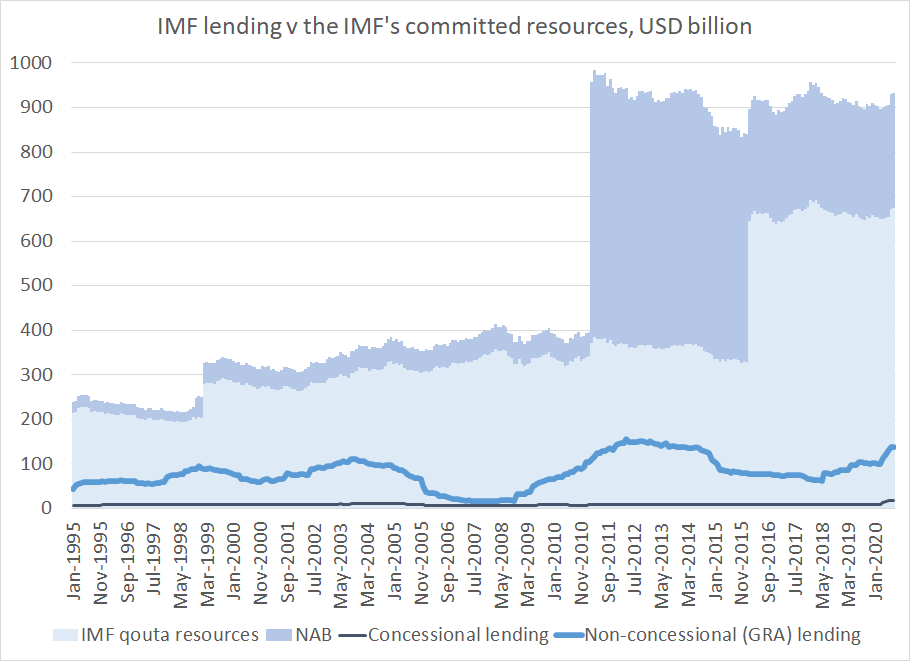
The Taiwan dollar certainly looks like a managed currency -- and the central bank seems to come in toward the close of the trading day more or less all the time.
But the CBC is also making a bid to avoid crossing the Treasury's trip wires ...
reuters.com/article/taiwan…
But the CBC is also making a bid to avoid crossing the Treasury's trip wires ...
reuters.com/article/taiwan…

To be fair, the period of heaviest management (July and August) isn't covered the CBC's disclosure -- and Treasury's fx report *due tomorrow but likely to be postponed * only looks at data through h1
On the other hand the CBC could reinforce its disclosure about its intervention by publishing more detailed data on reserves -- including a backward looking monthly time series on its forwards and ongoing data on its domestic fx deposits ...
And given widespread reports that the CBC is trying to limit its reported intervention by limiting the scale of transactions done at the end of the day, the Treasury likely at some point will need to address the question of how it will evaluate countries gaming the thresholds ...
See @stwill1 for more on all of the strangeness around Taiwan (since the blog was released the CBC has allowed a bit more appreciation, but the basic issues remain)
concentratedambiguity.wordpress.com/2020/08/21/rev…
concentratedambiguity.wordpress.com/2020/08/21/rev…
• • •
Missing some Tweet in this thread? You can try to
force a refresh













